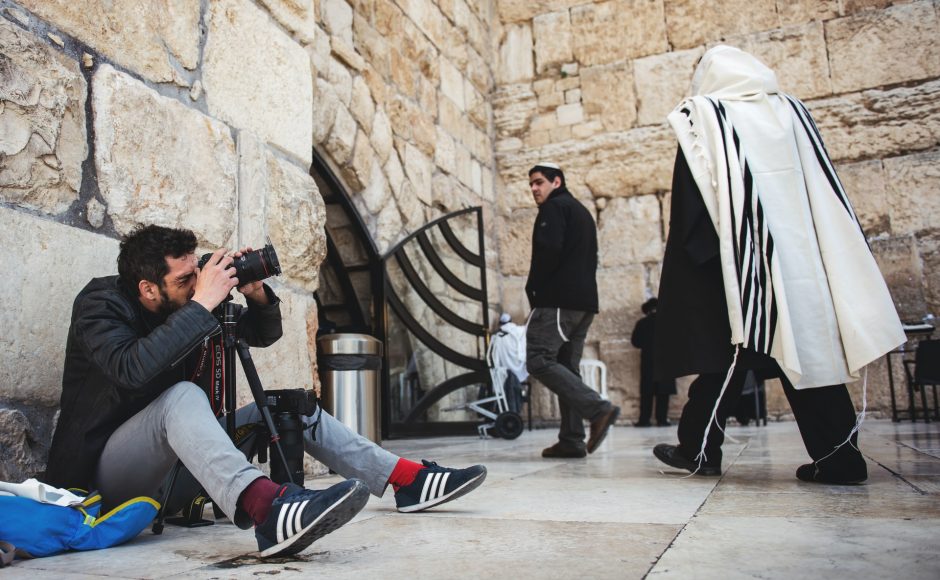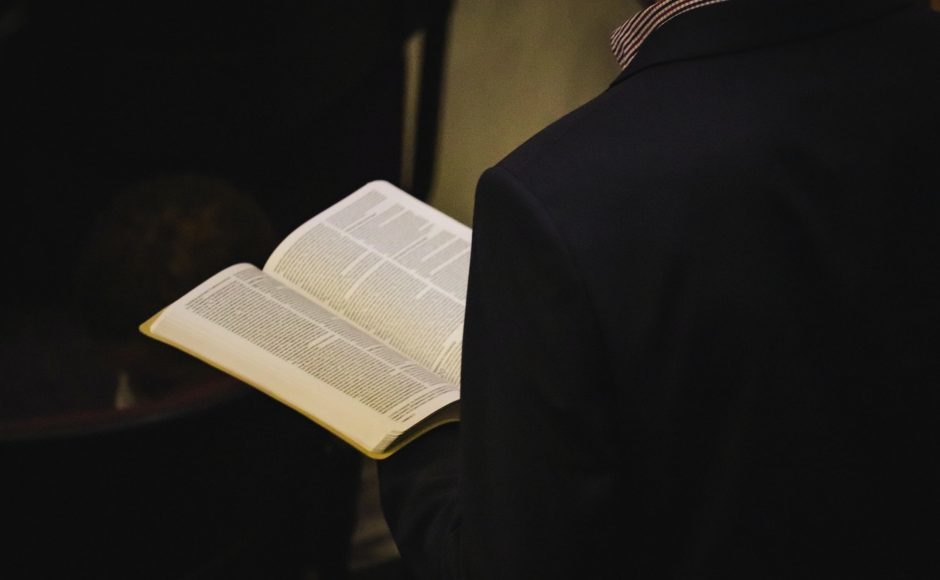Updated March 29, 2022 with new information.
When you get to a place in your life when you need to start planning your finances for post-retirement, it’s good to know all of your choices. Many Jewish people are unaware that you are able to get multiple benefits combined into one product. This is called a hybrid policy, or Secure Care if you purchase through Securian. There are many other companies offering this style of long-term care products as well.
The topic is getting recent attention in Jewish media sources.
Most Jewish people were unaware that these hybrid long term care insurance plans were available until recently at this Jewish Long Term Care summit. The hybrid long term care insurance products have popped up in the past five years to now be the fastest growing LTC product series out there.
Another recent article in AJT discusses the topic of long-term care planning and how insurance can fit in, as well.
If you have never heard of this type of policy, it is much different from a basic life insurance policy. Think of it as a “bundle” rather than a single policy.
If you are unsure about your options or eligibility, you can submit a form with your information and request a custom proposal from the company. They will use the information you’re provided with your requests and needs and show you the options and features you can choose from.
All companies’ products can differ slightly, but one thing Securian has is flexibility, freedom for their clients. They also guarantee 3 things: that your long-term care will be covered, your beneficiaries will receive the money in the event that you do not end up needing your long-term care, and the option to get a refund of your premiums if you change your mind.
Who is the best hybrid long-term care provider?
Finding a company that allows you to compare all of the major plans is the best way to see all of your options. A few examples of places you can find quotes include LTC Tree’s hybrid comparison service, local brokers and agents, and even contacting your state’s insurance commissioner office to find resources. Most states will have options and know who sells hybrid long-term care insurance policies.
Important things to look out for:
The flexibility this policy provides is extremely beneficial for unknown circumstances. You can customize your coverage in a few different ways. One of them being to receive a monthly acceleration of your death benefit for up to 3 years. You can also add an extension of long-term care benefits up to 7 years. This policy also protects you from rising costs, whereas most simple life policies have unpredictable premiums.
They also give Jewish people the freedom, to choose how they receive your long-term care. Some of these options are: adult day care, home modification, informal care, assisted living, caregiver training, hospice, nursing home care, bed reservation, home health care, household services, respite care and benefits outside the U.S.
Securian provides a more extensive brochure that helps you understand your options as well as pricing and other important information. Visit their site to get more information.
Read More →









